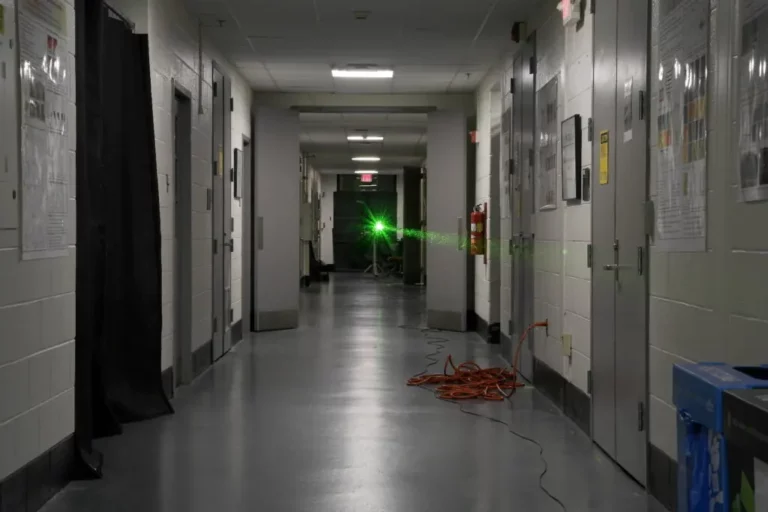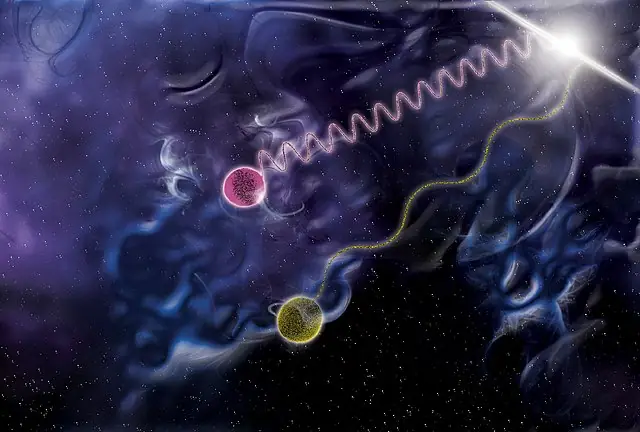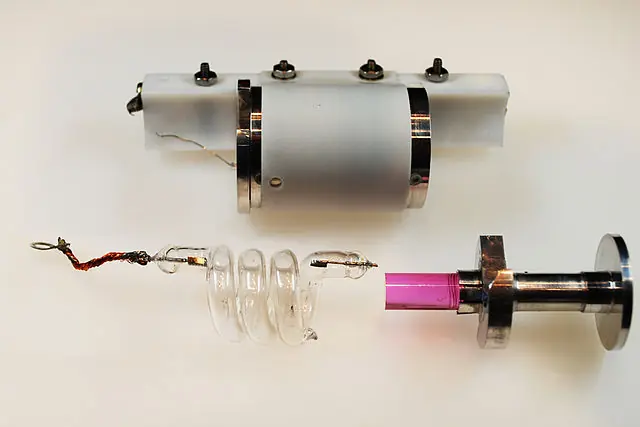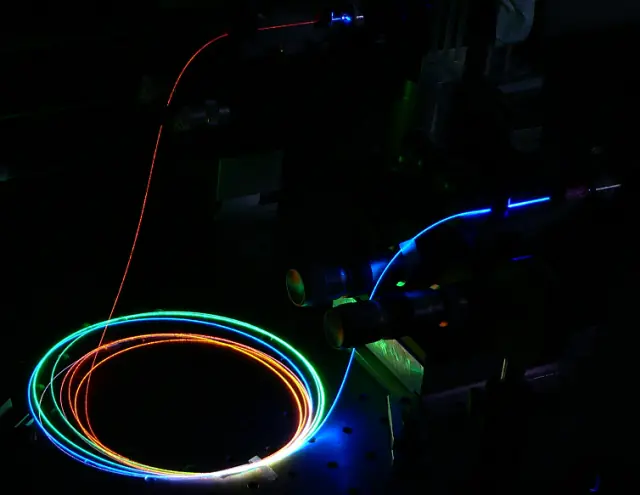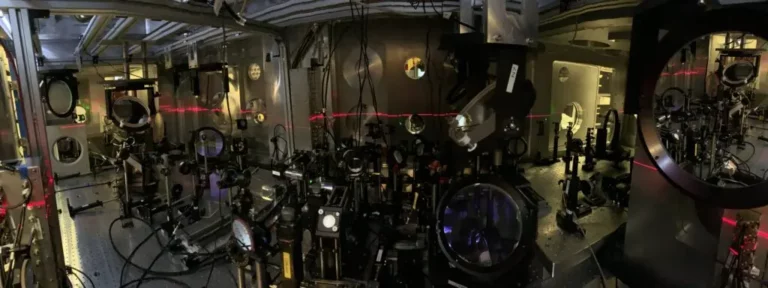What’s the difference between constant wave (CW) and pulsed lasers?

Lasers are an essential part of modern technology and have become ubiquitous in various fields such as science, medicine, and industry. Laser technology has come a long way since its inception in 1960, with advancements in both continuous wave (CW) and pulsed laser technology. Despite the growing popularity of pulsed lasers, CW lasers continue to be an integral part of many applications. In this article, we will explore the difference between CW and pulsed lasers, their applications, and their advantages and limitations.
CW Lasers: Steady Stream of Light
Continuous wave (CW) lasers produce a steady stream of light with constant intensity and wavelength. This type of laser is the most common, with various types such as gas, solid-state, diode, and fiber lasers. CW lasers are useful for applications that require a continuous beam of light, such as cutting, welding, engraving, and drilling. CW lasers offer several advantages, including high efficiency, excellent beam quality, and low maintenance requirements. However, they also have some limitations, such as their inability to deliver high peak powers.
Pulsed Lasers: Short Bursts of Energy
Pulsed lasers produce short bursts of high-intensity light with variable pulse duration and repetition rate. This type of laser is becoming increasingly popular, with various types such as Q-switched, mode-locked, and free-running lasers. Pulsed lasers are useful for applications that require high peak powers, such as micromachining, medical procedures, spectroscopy, and laser-induced breakdown spectroscopy. Pulsed lasers offer several advantages, including high peak powers, precise energy control, and excellent material processing capabilities. However, they also have some limitations, such as high complexity and cost.
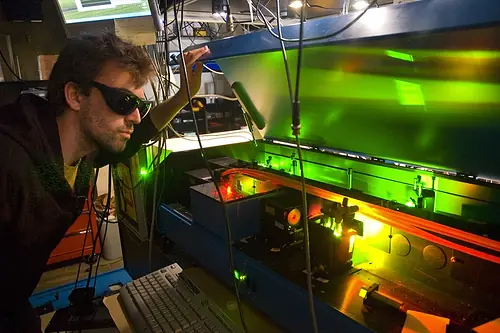
Differences in Output: Continuous vs. Intermittent
The most significant difference between CW and pulsed lasers is their output. CW lasers produce a continuous stream of light, while pulsed lasers produce short bursts of high-intensity light. The output of pulsed lasers is characterized by pulse duration and repetition rate. Pulse duration refers to the length of time the laser is on, and repetition rate refers to the frequency of pulses per second. The output of CW lasers is constant, making them suitable for applications that require a steady beam of light, while the output of pulsed lasers is intermittent, making them ideal for applications that require high peak powers.
Comparison of Cost and Complexity: Affordability vs. Sophistication
The cost and complexity of CW and pulsed lasers differ significantly. CW lasers are relatively simple, with fewer components and subsystems required. They are also less expensive to operate and maintain. In contrast, pulsed lasers are more complex, requiring more components and subsystems. They are also more expensive to operate and maintain. The cost and complexity of a laser system depend on the type of laser, application, and required performance.
Conclusion: Choosing the Right Laser for Your Application
Choosing the right laser for a particular application depends on several factors, including the required output, cost, and complexity. CW lasers are suitable for applications that require a continuous beam of light, while pulsed lasers are ideal for applications that require high peak powers. The type of laser also depends on the application, such as cutting, welding, micromachining, and spectroscopy. Advances in laser technology will continue to improve the performance, cost, and complexity of both CW and pulsed lasers, making them more accessible and affordable for various applications.

